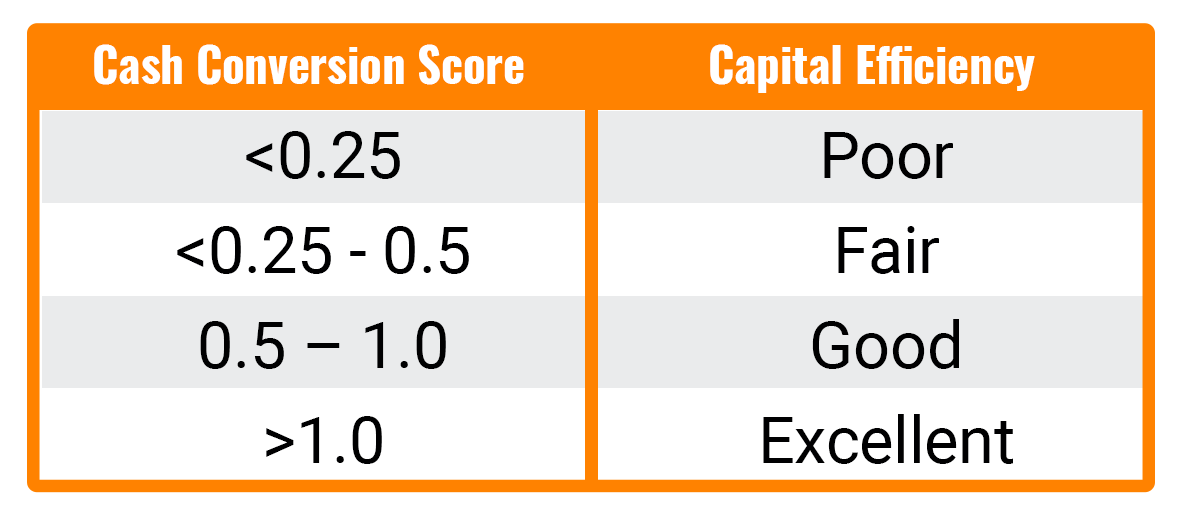“If you don’t know your numbers, then you don’t know your business.” -Marcus Lemonis
There are many reasons that SaaS software companies fail, including lack of product and/or market fit, an inadequate sales organization, and a lack of capital. Don’t be one of those failures..
This two-part series is for SaaS executives who want to understand which metrics really matter to investors, how to measure them, and how the data drives management decisions.
- Part 1 looks at metrics pertaining to Annual Recurring Revenue (ARR). When it comes to valuing SaaS companies, ARR is pretty much the whole ball of wax.
- Part 2 looks at unit economics. These metrics measure the qualitative aspects of revenue and the long-term earnings potential of the business.
As the company moves from Seed Stage through to its Series A, Series B, and subsequent rounds, it is imperative that the CEO and management team are cognizant of the key benchmarks that investors will use to evaluate their company. Measuring, monitoring, and managing these metrics is the key to a successful funding round.
SaaS software businesses are quite different from traditional businesses, and therefore traditional business metrics are generally not useful in driving SaaS performance. Instead, there needs to be a focus on the three drivers of success in SaaS:
- Acquiring Customers
- Retaining Customers
- Monetizing Customers
Knowing your numbers as they pertain to these three drivers of success is key to funding and scaling a dynamic SaaS business.
If you’re looking for investment, keep your focus on these essential SaaS metrics:
1. Annual Recurring Revenue (ARR) / ARR Growth Rate
SaaS companies are almost always valued at a multiple of their annual recurring revenues (ARR). It follows that the two keys to generating a high valuation are:
- maximize ARR and
- maximize the multiple applied to ARR.
Growth in the SaaS ARR, sometimes referred to as the “snowball,” is a function of the following:

2. Bookings ($$$ and Logo)
Bookings is the total amount of additional ARR (new logo + upsell) that is gained in a period (month, quarter, year). Bookings are recorded on the date a customer signs a sales contract and/or issues a purchase order i.e. when a sale is closed / won.
The CRM system (e.g. Salesforce) is generally the source of truth for bookings. Bookings totals for each product (distinguishing between new and expansion revenue) and the number of logos should be tracked as should the growth trend. Where known, additional data such as lead source, campaign, etc. should also be recorded for subsequent analysis.
Best in class SaaS companies demonstrate consistent growth in their bookings.
3. Cash Conversion Score, (CCS)
Calculated quarterly or annually, this metric measures how efficiently the capital that has been raised has been deployed to generate ARR. It is calculated as follows:
This ratio also predicts the likelihood of superior investment returns (and before that the valuation for funding rounds). An average SaaS business might be valued at 6X ARR. The best SaaS businesses can attract multiples in excess of 10. Generally, a business with a CCS score of 1 that is sold for 10X ARR will return 10X the invested capital to its investors. On the other hand, a business with a CCS score of 0.25 that is sold for 6X ARR will only return 1.5X the invested capital to investors. The following chart shows CCS benchmarks.

4. Rule of 40
SaaS companies are almost always faced with a choice of whether to grow within their means (i.e. bootstrap) or accelerate growth by increasing current investments in product, marketing, sales and customer success in order to grow rapidly. The latter strategy is often at the expense of current cash flow and profitability.
The “Rule of 40” metric has been devised to measure how effectively a company is balancing sales growth which is generally measured as the annual increase in monthly recurring revenue, (MRR,) and profitability (EBITDA as a % of revenue).

The rule maintains that a best-in-class SAAS company should be able to balance its sales growth and profitability such that the sum of both values should be at least 40%.

Of course, the relative proportion will change over time depending on the stage of the company. As the rate of growth slows due to the “law of big numbers” the rate of profitability should rise.
The Rule of 40 has been markedly prescient in predicting which publicly traded SaaS companies will out-perform (approximately 1 in 4 publicly traded companies exceed the target). It is now being increasingly adopted by private equity groups and venture capital as an investment benchmark for non-public entities. The rule is not considered relevant at the Series Seed and Series A stages but assumes more importance as the company matures to where MRR exceeds $1M (ARR > $12M).
Need a hand tightening up your performance on essential SaaS metrics?
In summary, know your numbers! To get funding for your company and optimize your value, focus on driving key numbers in the right direction. If your team needs help establishing optimal KPI metrics and/or developing the reporting to give you the visibility you need to make timely and actionable decisions, give the vcfo team a call.
Click here to read Part II of this series.



